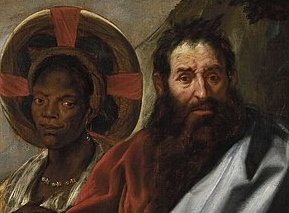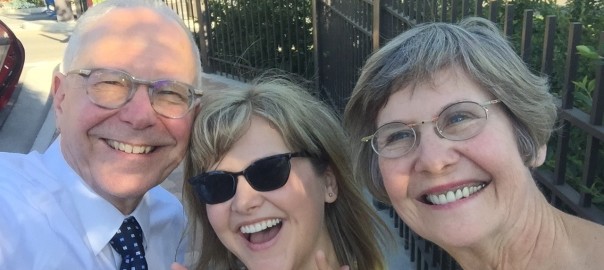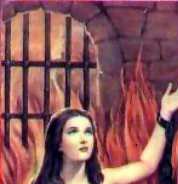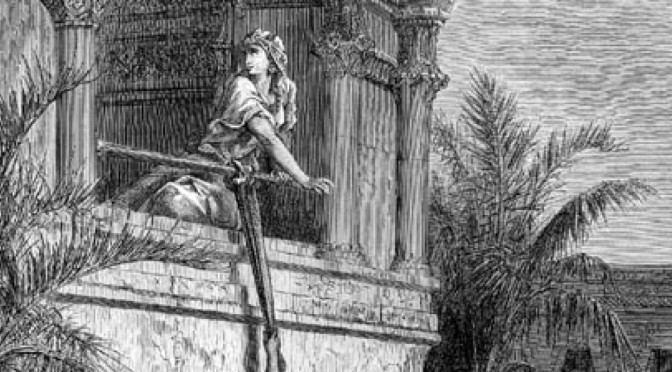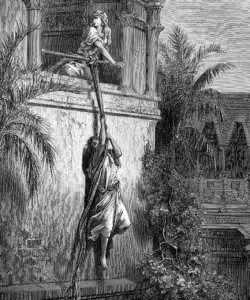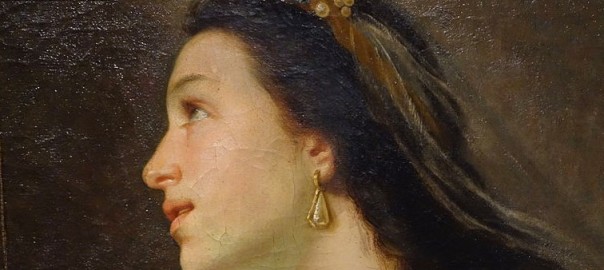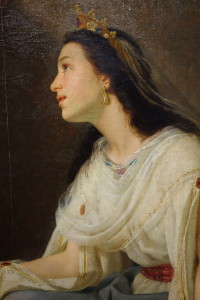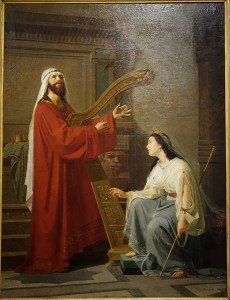If I could hang out with anyone in the Bible, it would be the siblings, Martha, Mary, and Lazarus. It’s because their house sounds the most fun–and peaceful. They are relatable. When the mistress of the house, Martha, got stressed (which happens to me all the time), it’s neat to see how Christ reached out to her when he said,
Martha, Martha, thou art careful and trouble about many things.
Jesus (Luke 10:41)
Jesus reached out to Mary and Lazarus as well.
Now Jesus loved Martha, and her sister, and Lazarus.
John 11:5
The three siblings worked together to maintain a refuge. Their house was outside of Jerusalem, in the town of Bethany, where Jesus, and his disciples, would visit to take a breather. It was a place to be comfortable. Family trying to work together, who are imperfect, and yet find peace in Christ, sounds like a great place to be!

In fact, four days after Lazarus died, Mary and Martha still had visitors ready to comfort them and who would witness the extraordinary miracle about to take place when Jesus arrived. Jesus cried with the mourners. But before that extraordinary miracle, we’re treated–and comforted– by one of my favorite scriptures,
Jesus wept.
John 11:35
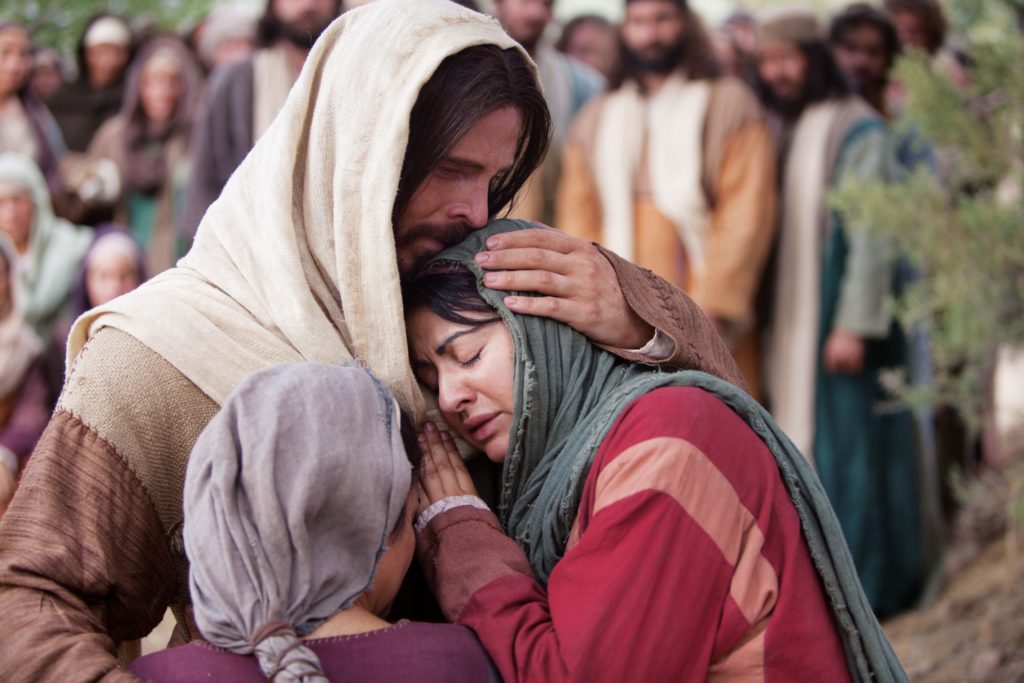
The onlookers were moved how Jesus wept with them, and many believed in Christ when Lazarus came forth from the dead. I infer that some of those observers were prepared to believe because Mary and Martha both talked how they believed in Jesus having mighty power and that he was the son of God. Mary and Martha–as well as Lazarus–were good examples of service to the community that led to people noticing their beliefs.
Each sibling contributed to make sure Jesus felt welcome. At another house in Bethany, Mary washed his feet, a very sacred ordinance–and with expensive ointment–which made Judas complain that she was wasting money. Oh, Jesus had a talk with him–informed him this is a sincere service that would be remembered. The beginning of the conversation included Jesus saying this,
Let her alone; why trouble ye her?
Jesus (Mark 14:6)
That is so perfect! Jesus gave Judas and others present a much needed talk while standing up for a friend. It’s easy to see why Jesus loved this family, and they loved him.
I love this family because they remind me of how I personally feel at certain times. The family also reminds me of certain family members, and friends that feel like family members. Mary, Martha, Lazarus, and those I just mentioned are such powerful examples of what I hope to be. I hope to be like them in their conviction, faith, and selfless acts of service.
Further reading:
“Mary, Martha and Lazarus of Bethany” An in-depth scholarly article about the family by Marg Mowczko.
“Mary, Martha, and Lazarus” Summary of the siblings’ interactions with Christ from the website of the Church of Jesus Christ of Latter-Day Saints.
“Mary and Martha, Sisters of Bethany” A past post from this website.
